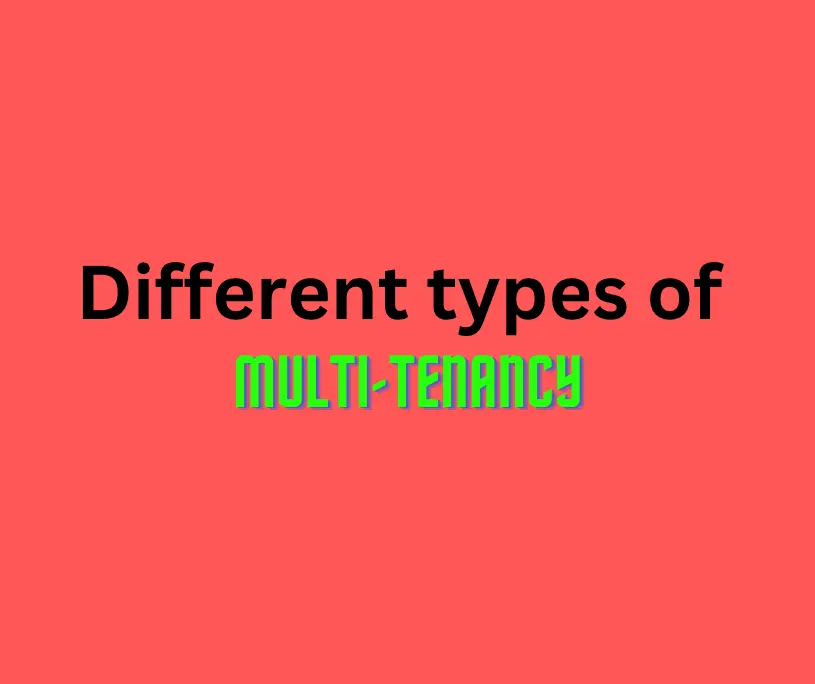· 2 min read
Different types of multi-tenancy
Discover the optimal multi-tenancy approach for your app's unique needs, including tenant management, data complexity, and resource allocation.

There are several different ways to implement multi-tenancy in a software application:
-
Database-level multi-tenancy: In this approach, each tenant has their own separate database, and the data for each tenant is stored in a separate database. This allows for complete isolation of data between tenants, but it can be more expensive and complex to implement and maintain.
-
Schema-level multi-tenancy: In this approach, each tenant has their own separate schema (database structure) within a shared database. This allows for custom schemas for each tenant, but the data is not completely isolated and there may be some overlap between tenants.
-
Application-level multi-tenancy: In this approach, all tenants share the same database and schema, but the application logic is used to isolate the data and functionality for each tenant. This can be a simpler and more cost-effective solution, but it may not provide as much flexibility or isolation as the other approaches.
-
Hybrid multi-tenancy: In this approach, a combination of the above methods is used to implement multi-tenancy. For example, a hybrid approach might use separate databases for each tenant, but with shared schemas to reduce duplication and complexity.
Ultimately, the best approach for implementing multi-tenancy will depend on the specific requirements and constraints of the application, such as the number of tenants, the complexity and customization of their data needs, and the resources and infrastructure available.